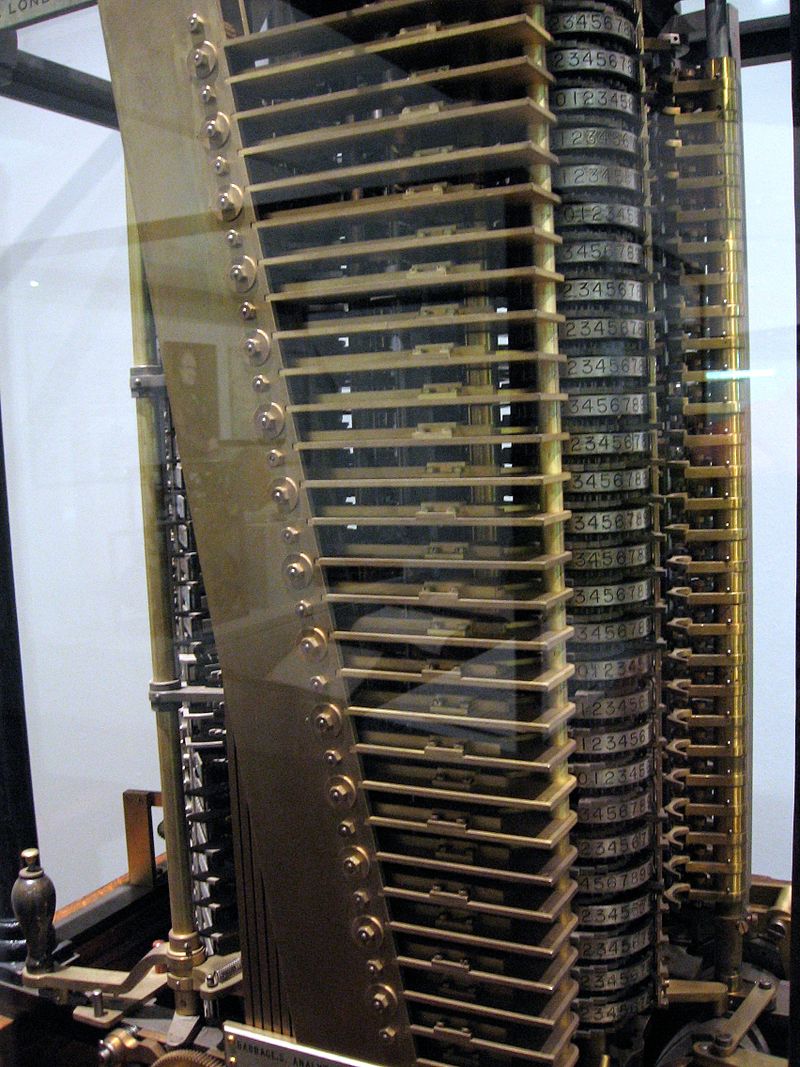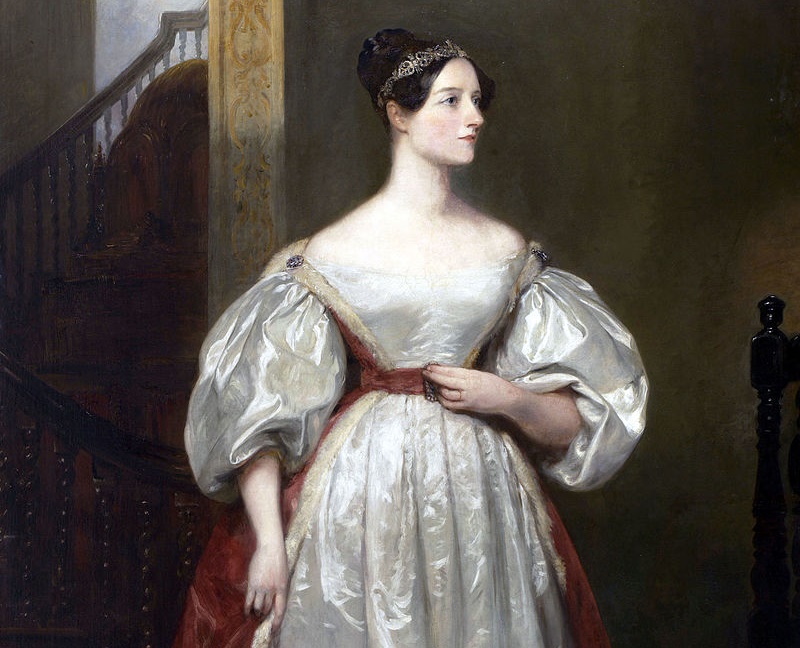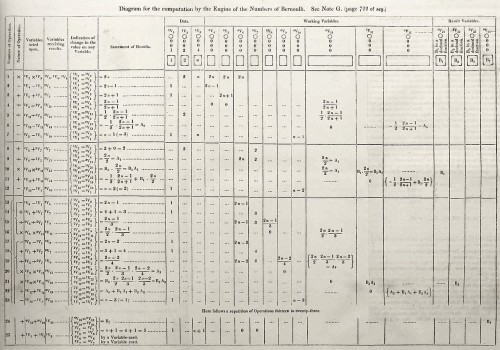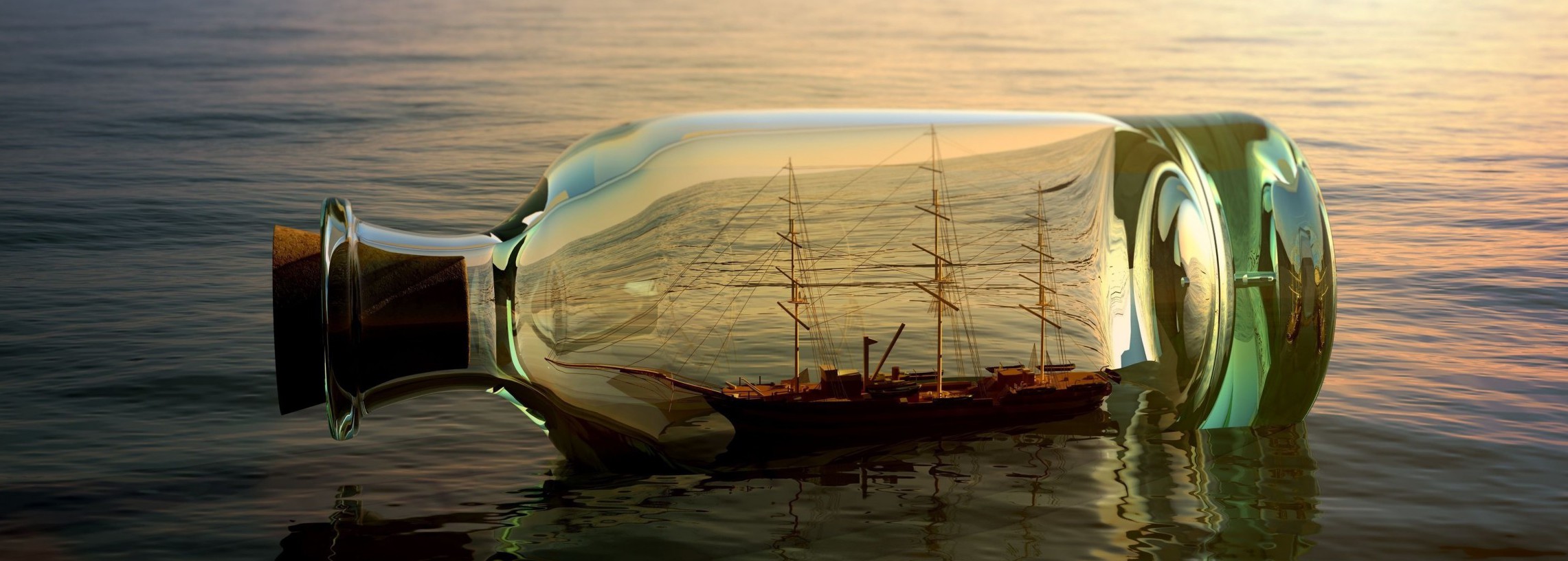International Women’s Day Honoree Ada Lovelace, the First Computer Programmer
International Women’s Day Honoree: Ada Lovelace

Henry Babbage’s Analytical Engine Mill, built in 1910, Science Museum (London)
Ada Lovelace was the only legitimate child of the famous Romantic Period poet George, Lord Byron, and his wife Anne Isabella Milbanke (“Annabella”), Lady Wentworth. Byron’s other children were born out of wedlock to other women. Byron separated from his wife one month after Ada was born and left England forever four months later, and later died when Ada was eight. Perhaps scornful towards her father, Ada’s mother promoted her interest in mathematics and science to help prevent her from taking after the creative and eccentric traits of her father, but Ada remained interested in him despite this and insisted on being buried next to him when she died. Ada was a sickly child and spent much of her childhood sick. She married William King in 1835 who was made Earl of Lovelace in 1838 and became Countess of Lovelace.
Ada’s educational pursuits put her social circles with scientists such as Andrew Crosse, Sir David Brewster, Charles Wheatstone, Michael Faraday and the author Charles Dickens, which helped her to further her education. Ada was known to describe her approach to education as poetical science describing herself as an Analyst & Metaphysician.
When Ada was a teenager, her mathematical talents led her to a long working relationship and friendship with fellow British mathematician Charles Babbage, the father of computers, and exposed her to his work on the Analytical Engine. Lovelace first met him in June 1833, through their mutual friend, and her private tutor, Mary Somerville. Between 1842 and 1843, Ada translated an article by Italian military engineer Luigi Menabrea on the engine, which she supplemented with an elaborate set of notes she called Notes which contain what many consider to be the first computer program—an algorithm designed to be processed by a machine. Lovelace’s notes are very important in the history of computing. She also developed a vision of the capability of computers that were more than mere calculating or number-crunching, while many others, including Babbage himself, focused only on those capabilities. Her mindset of “poetical science” led her to ask questions about the Analytical Engine analyzed how individuals and society relate to technology as a collaborative tool.
Ada had three children, Byron King-Noel, Viscount Ockham and 12th Baron Wentworth, Anne Blunt, 15th Baroness Wentworth, and Ralph King-Milbanke, 2nd Earl of Lovelace.
Sources and Photos Cited: Wikipedia Commons. Fuegi & Francis 2003. Jump up Phillips, Ana Lena (November–December 2011). “Crowdsourcing Gender Equity: Ada Lovelace Day, and its companion website, aims to raise the profile of women in science and technology”. American Scientist. Jump up “Ada Lovelace honoured by Google doodle”. The Guardian. 10 December 2012. Retrieved 10 December 2012.
Jump up Ada Lovelace Biography, biography.com















